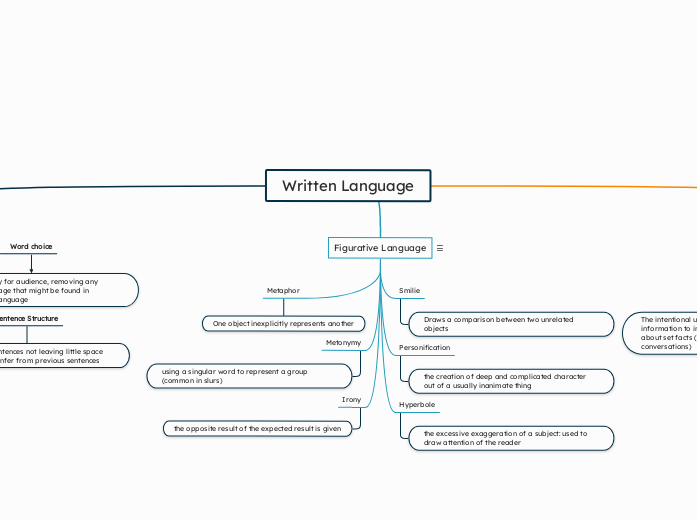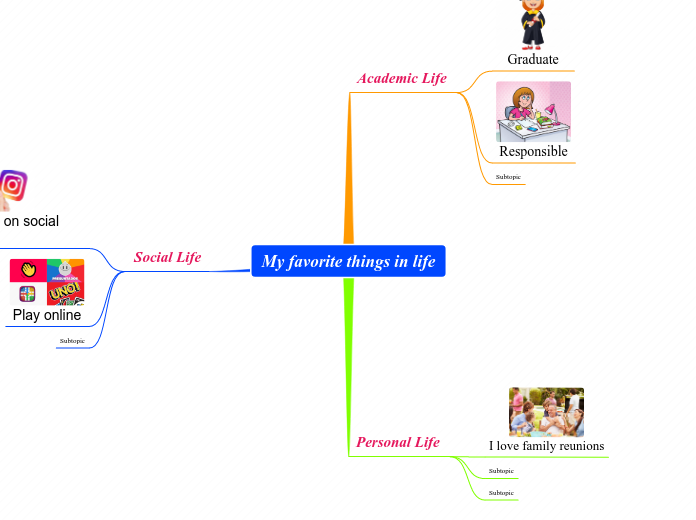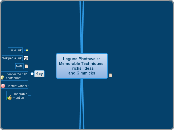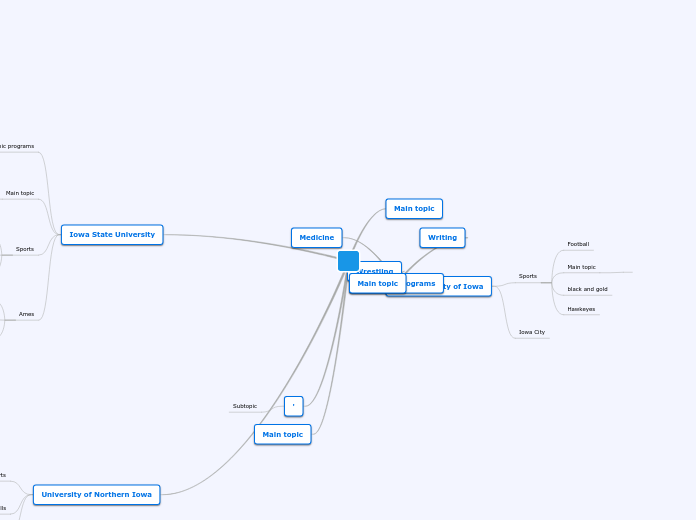von Noah Keelin Vor 8 Monaten
59
Written Language
Figurative language involves expressions that go beyond their literal meanings, adding depth and nuance to writing. It includes devices such as irony, where outcomes contradict expectations, metaphors that equate one thing to another implicitly, and hyperbole, which uses extreme exaggeration to emphasize a point.









